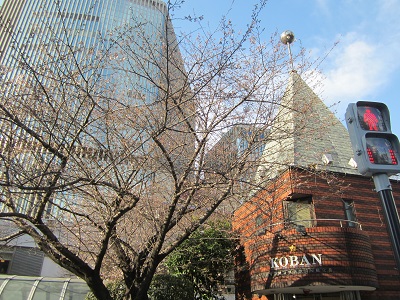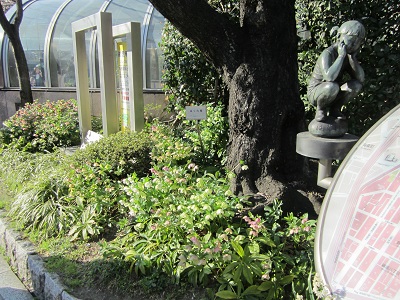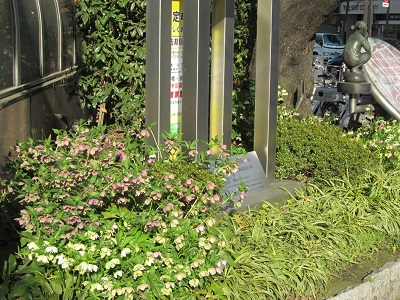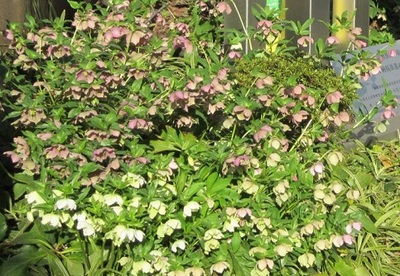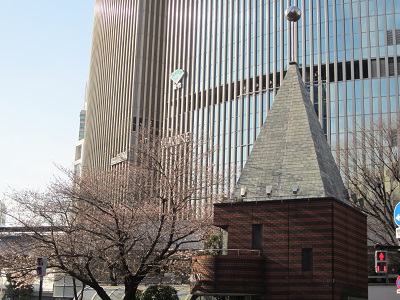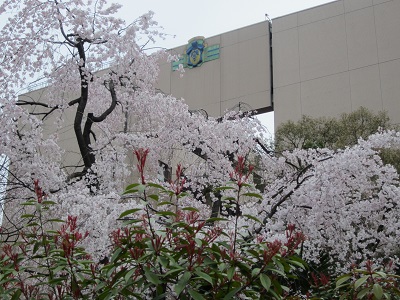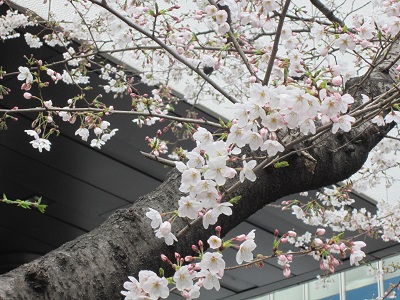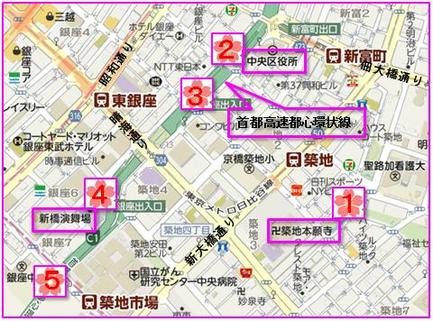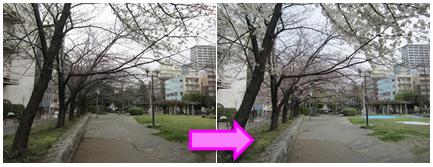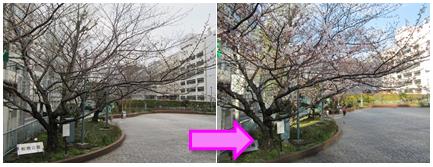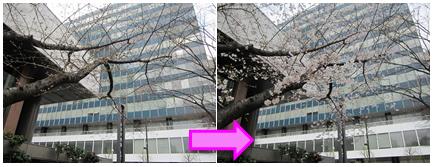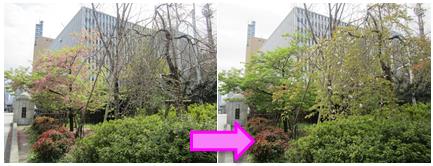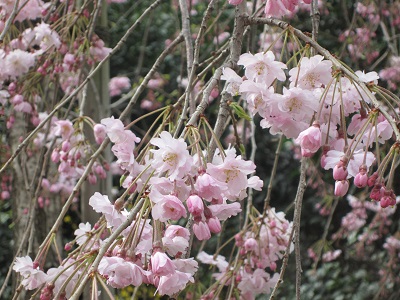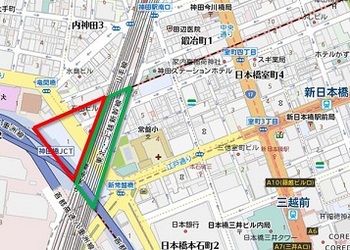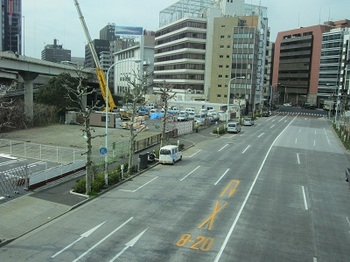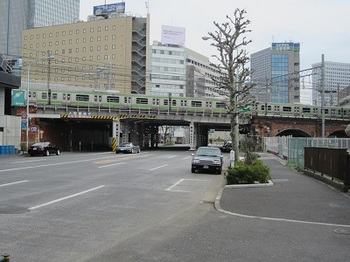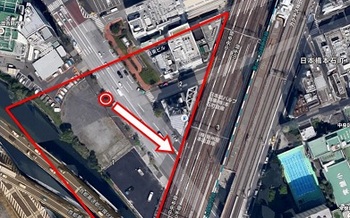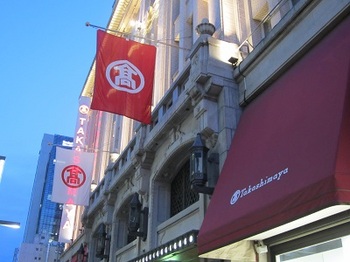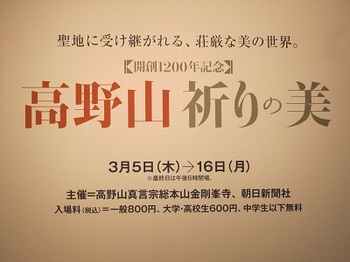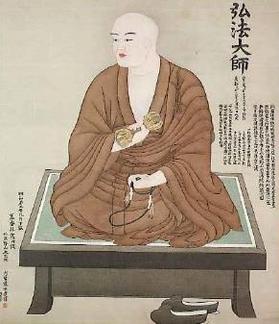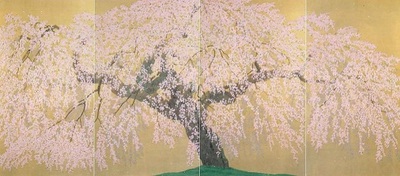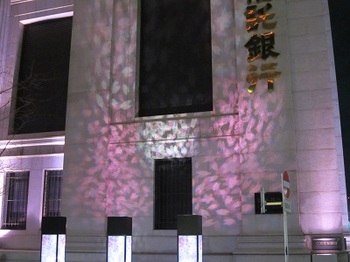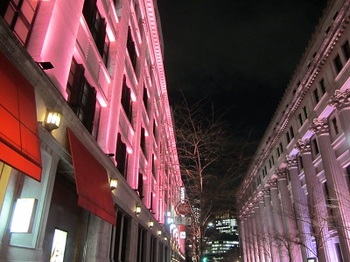There is a Sukiyabashi police box facing the Sukiyabashi intersection where Sotobori-dori St. and Harumi-dori St. intersect.![]()
The outer wall is made of bricks associated with Ginza Brick Street in Meiji period. It was difficult to decide on this police box with an impressive pointed roof and the design of the roof, and when I was stuck with a waiting needle on the model of the police box, it was adopted as the design of the police box roof as it was.![]()
Next to this police box, there is "Hagure Sakura" and a statue of a squatting girl at the base (author: Yuzo Iwata) at the base.![]()
Is "Hagurekko" related to the police box, or from "Hagure Sakura" standing as if only one was peeled off, did you build a statue of "Hagurekko" according to its name? I don't know if the cherry blossoms were named "Hagure Sakura" because "Hagurekko" was built at the base, so I don't know how many of the cherry blossoms were named "Hagure Sakura". It may be a product of imagination.![]()
In this same space, beautiful plants of Christmas rose are blooming. It is strange that Christmas rose blooms during the cherry blossom season, but unlike the name, Christmas rose has many varieties that bloom in spring. Also![]() , the petals look like sepals, the so-called flowering season is quite long.
, the petals look like sepals, the so-called flowering season is quite long.![]()
That's why it was the Sukiyabashi intersection, spring scenery.![]()
By the way, "Hagure Sakura" was still blooming for a minute (as of the afternoon of March 28).![]()
![]()
![]()
![]()
